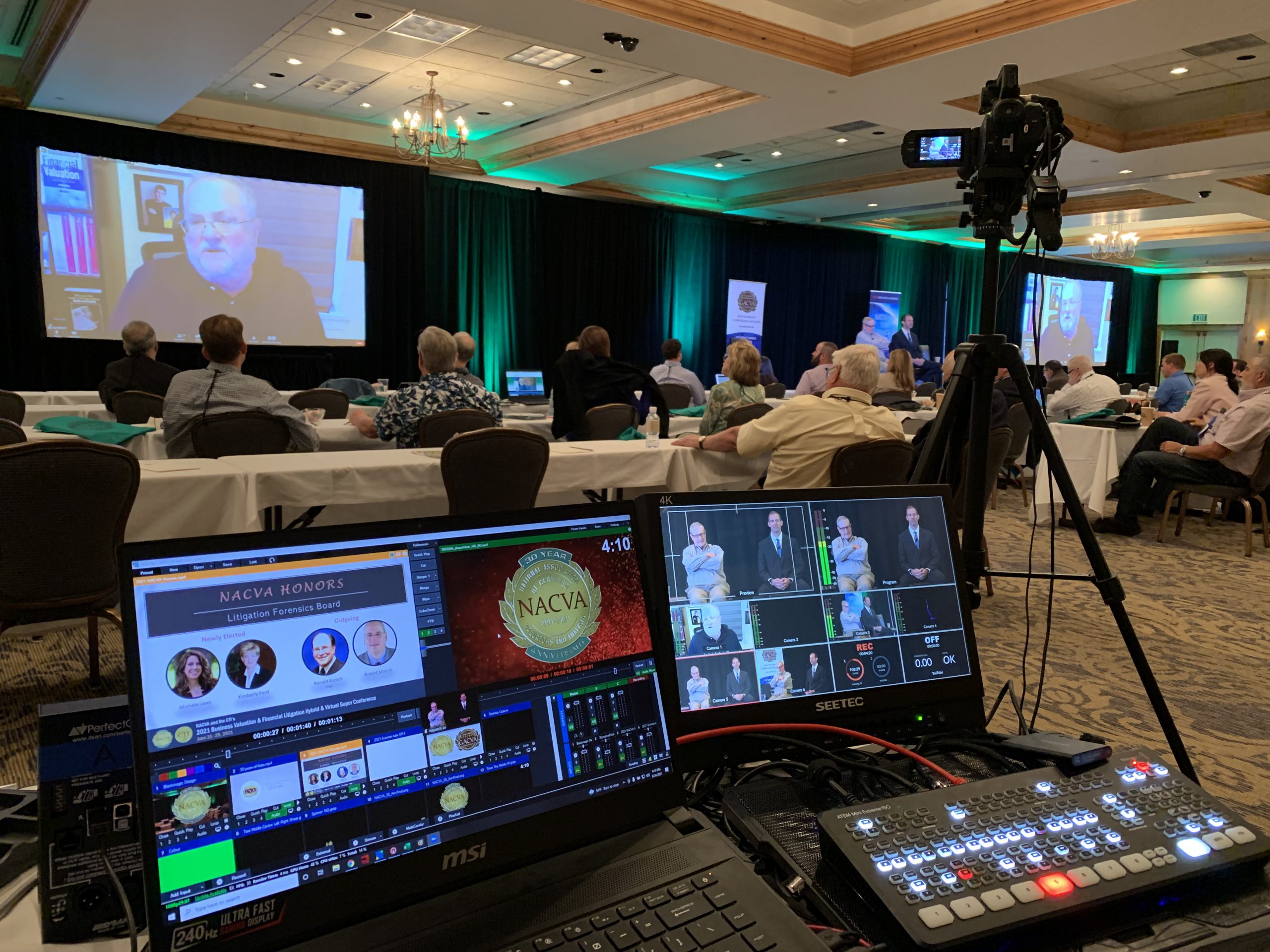Revolutionizing Engagement Via the Seamless Integration of Digital Reality and Face-to-Face Interactions in Hybrid Occasions
Revolutionizing Engagement Via the Seamless Integration of Digital Reality and Face-to-Face Interactions in Hybrid Occasions
Blog Article
Hybrid events are becoming more common as they combine the finest elements of both in-person and online experiences. This innovative approach allows participants to interact with content and one another in manner that were not feasible before. By integrating VR technology into these events, planners can create immersive experiences that boost involvement and interaction. This smooth fusion of digital and real-world elements can lead to more meaningful relationships among participants, whether they are present in reality or joining virtually.
One of the key benefits of using VR reality in blended gatherings is the capability to create a shared space for all attendees. In a conventional setting, physical attendees might have access to specific activities or opportunities that virtual participants cannot experience. However, with VR, everyone can explore the same digital environment, regardless of their position. This technology allows for interactive displays, online networking opportunities, and even game-like experiences that can engage viewers. As a consequence, participants feel more involved and engaged, leading to a more fulfilling overall encounter.
Moreover, VR reality can help overcome obstacles that often exist in blended events. For instance, virtual attendees may feel isolated or removed from the main event. By integrating VR, organizers can create a feeling of presence that makes remote participants feel as if they are part of the action. This can be achieved through features like virtual representations, which allow participants to interact with one another in real-time. Such connections can encourage collaboration and connecting, making it simpler for individuals to connect and exchange ideas, regardless of their geographical position.
In furthermore to improving involvement, the use of VR reality in hybrid events can also provide important insights and information for planners. By monitoring attendee engagements and click here for info actions within the digital space, gathering organizers can collect data on what aspects of the gathering were most captivating. This data can be used to improve upcoming events, ensuring that they satisfy the needs and preferences of attendees. Understanding how participants engage with both the digital and in-person components can lead to more efficient gathering approaches and improved overall encounters.
Finally, the integration of VR technology and physical interactions in hybrid events represents a significant change in how we conduct gatherings and conventions. As innovation continues to advance, the capability for creating immersive and interactive experiences will only grow. By embracing this innovative framework, gathering organizers can transform the way individuals engage, educate, and work together. The prospects of hybrid events is bright, and the seamless combination of VR reality will play a crucial role in defining that prospect.